Belantamab mafodotin, bortezomib, and dexamethasone (BVd) treatment showed “significant benefit” in progression-free survival (PFS) when compared with daratumumab, bortezomib, and dexamethasone (DVd) in patients with relapsed or refractory multiple myeloma (MM), according to the phase 3 DREAMM 7 study.
However, treatment with BVd resulted in higher patient adverse events (AEs), the DREAMM 7 investigators reported.
The study was published in The New England Journal of Medicine and led by Vania Hungria, MD, PhD, an associate professor of hematology and oncology at Santa Casa Medical School and Clinical Director of the São Germano Clinic both in São Paulo, Brazil.
The phase 3, open-label, randomized trial evaluated the safety and efficacy of BVd compared with DVd in 494 patients with relapsed or refractory MM who had at least one line of prior therapy. Patients were randomly assigned to receive either BVd (243 patients) or DVd (251 patients). At a median follow-up of 28.2 months (range, 0.1 to 40.0), the trial found that BVd led to significantly better outcomes in terms of PFS, OS, and response rates (TABLE 1). However, BVd was associated with a higher incidence of grade 3 or higher AEs, particularly ocular events, which the researchers wrote they “managed with dose modifications.”
TABLE 1. BVd vs DVd in Relapsed or Refractory MM
| BVd arm | DVd arm | |
| Median PFS | 36.6 months | 13.4 months |
| OS at 18 months | 84% | 73% |
| CR plus MRD negative status | 25% | 10% |
| Grade 3 or higher AEs | 95% | 78% |
| Ocular events | 79% | 29% |
“As compared with DVd therapy, BVd therapy conferred a significant benefit with respect to [PFS] among patients who had relapsed or refractory multiple myeloma after at least one line of therapy,” Dr. Hungria and colleagues concluded.
Funding was provided by GSK.
Reference
Hungria V, Robak P, Hus M, et al. Belantamab mafodotin, bortezomib, and dexamethasone for multiple myeloma. N Engl J Med. 2024;391(5):393-407. doi:10.1056/NEJMoa2405090

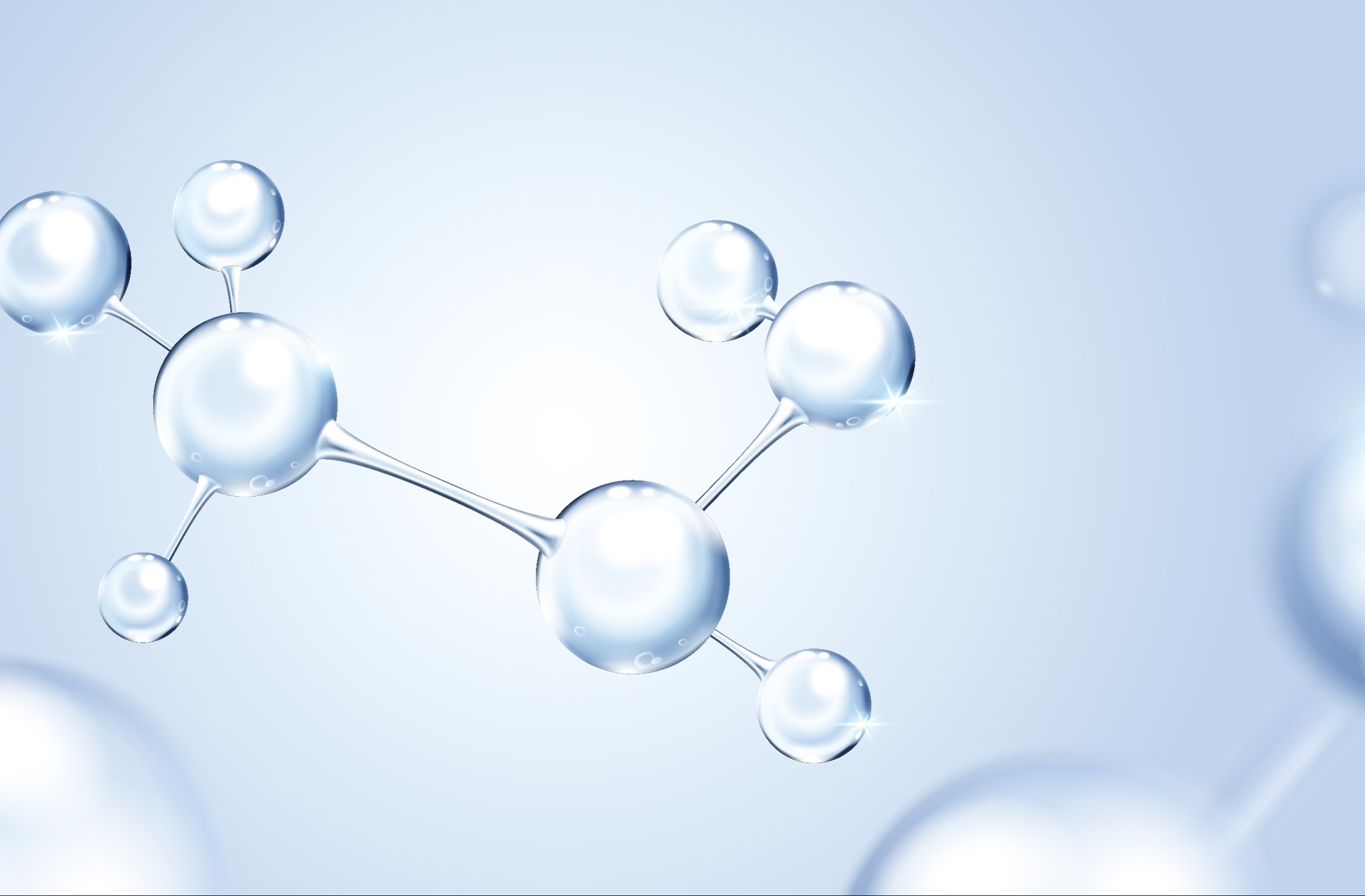
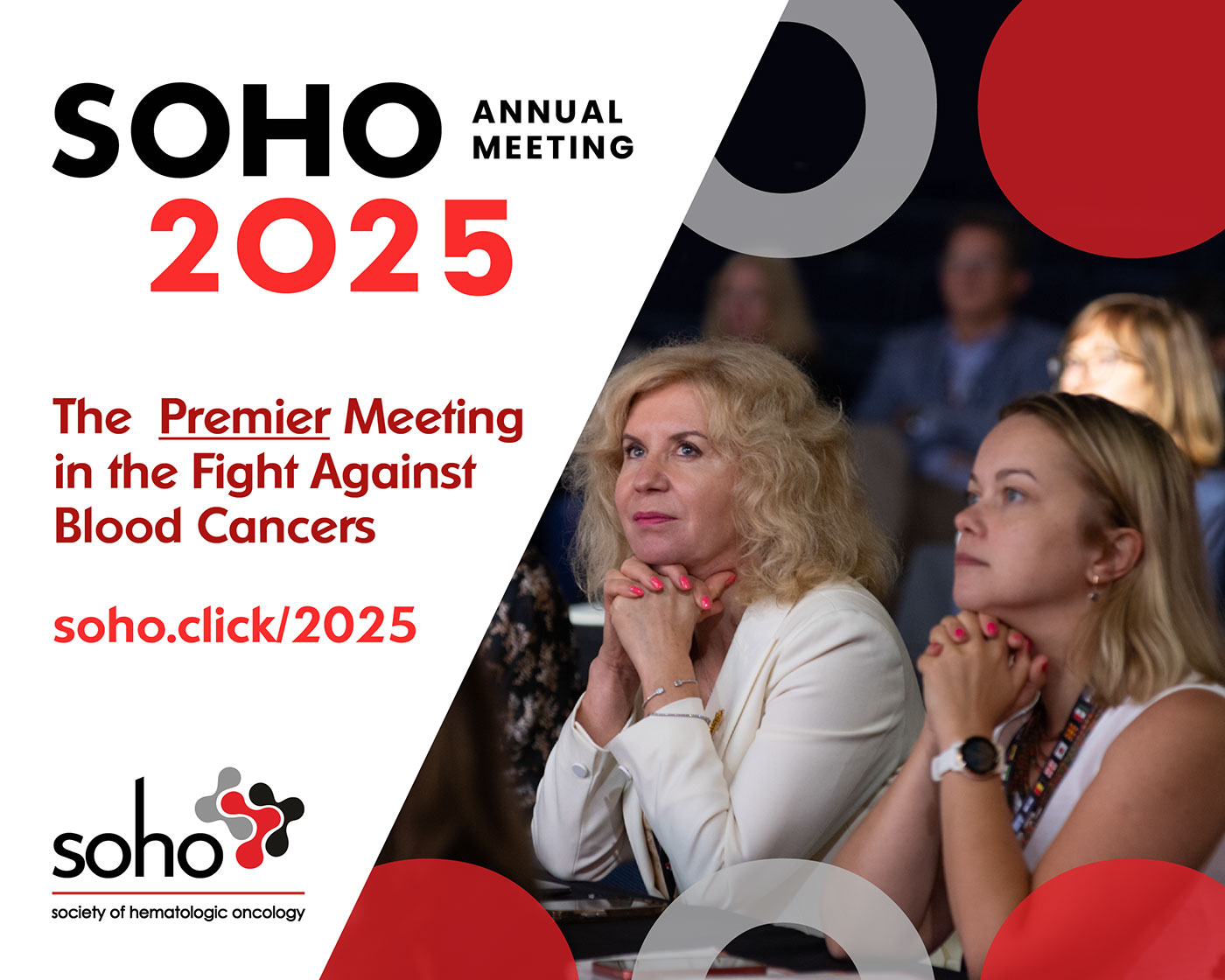
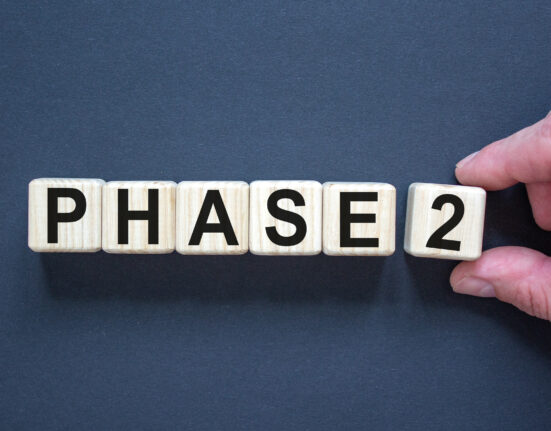

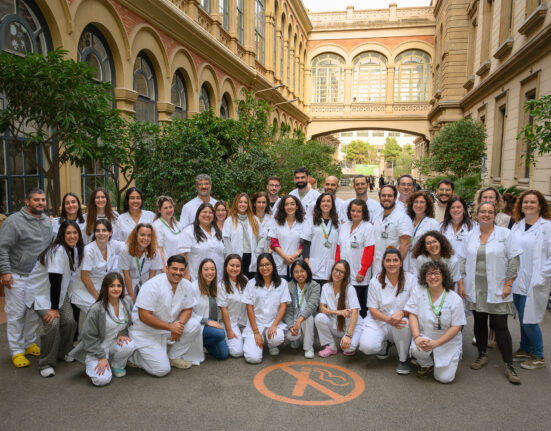

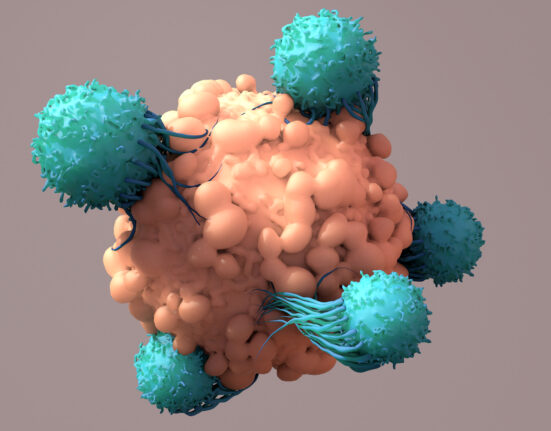
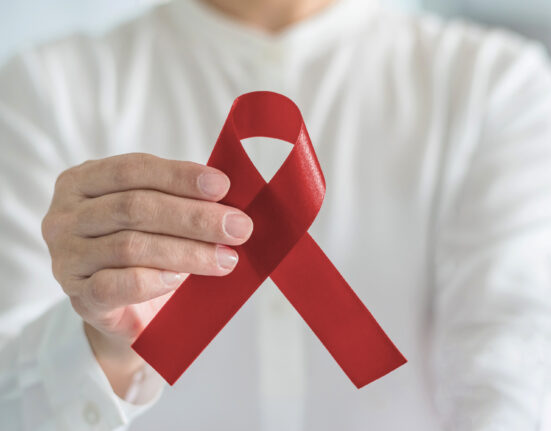

Leave feedback about this